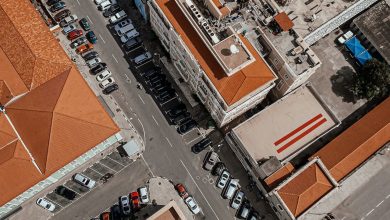The Galoa people in Gabon: History, Language, & Culture

The Galoa people, who are otherwise called the Galwa, are an ethnic group who communicate in a Myéné language and live today in Ogooué-Maritime Province in western Gabon. The Galoa, or Galwa, live downstream from Lambaréné, on the banks of the Ogooué River. They are a Pounou sub-bunch. The Galoa is nicknamed ‘individuals of the lake’. Their neighbors are the Kota and the Adouma.
Before they arrived at their current area in the nineteenth century, the Galoas lived around Lakes Onangué. Ezanga, and Oguemoue and downstream along the Ogooué. During a significant part of the nineteenth century, they fell subject to the Enengas,* not actually acquiring their freedom until the 1870s.
They thusly cooperated intimately with British,* Germán,* and French* exchanging firms the region. Of course, Galoa land turned into the arranging region for the European entrance of the Ogooué River Valley during the 1870s and 1880s.
The Galoas ran to Protestant and Catholic minister schools, converted to different Christian organizations and turned out to be very powerful in Gabonese business and authoritative life, despite the fact that their contemporary populace numbers just a few thousand individuals.
Also Read: Africa is Endowed with over 45,000 Medicinal Plants, Here are 7 that are Popular
Ancestral African Arts and Masks of the Galoa People
The Galoa people got settled in the lakes region, close to the Atlantic shore, and carved rectangular masks bearing three-sided themes planned with shades. These masks are worn during significant ceremonies like the demise of a powerful chief or the birth of twins. Through the power and authority accepted to be intrinsic in them, the conveyor of the mask can direct the public activity of the Galoa villagers
They created numerous Okouyi and Okukwé masks. These masks were utilized to assist in divination and in this way with reviling specialists of dark mag
The white shade of the mask is genderless; white is an image of harmony, gods, spirits of the dead, and life following death. Thusly the masks were worn during burial services. They showed up likewise in the mystical ceremonies whose capability was to expose alchemists.
Dark facial masks have the very same complex qualities as the white masks, however, they are accepted to have a legal executive function and assist with recognizing magicians/sorcerers.
Sources:
- David E. Gardinier. HistóricaI Dictionary of Gabon. 1994;
- Paul Pounah. Im récherche du Gabon traditionnel: hier Edongo, aujourd’hui Galwa. 1975.
- Baquart, Jean-Baptiste. The Tribal Arts of Africa. New York: Thames and Hudson Inc. 1998.





